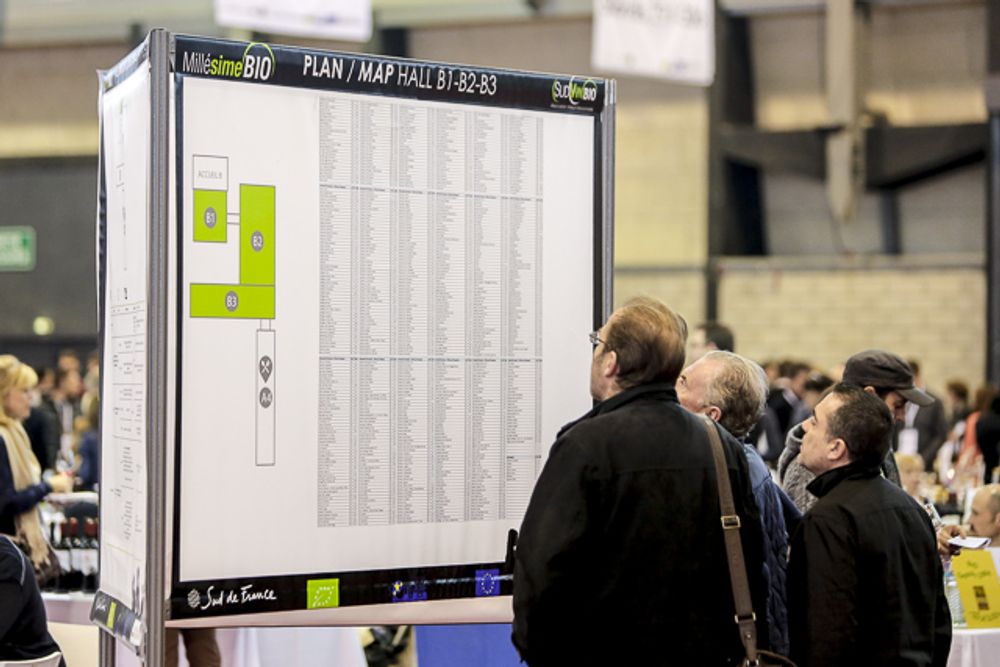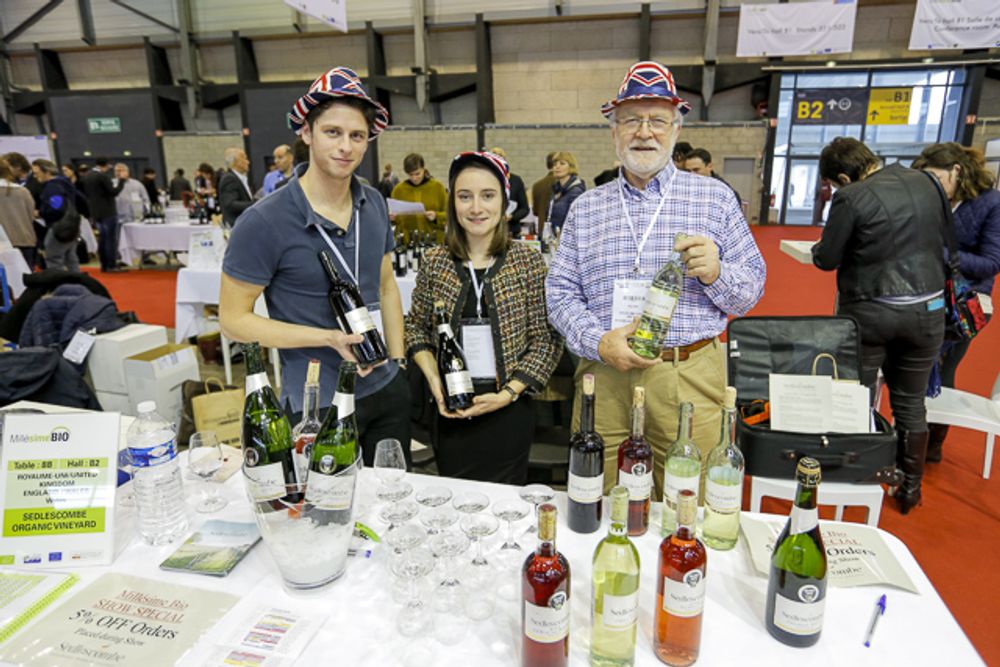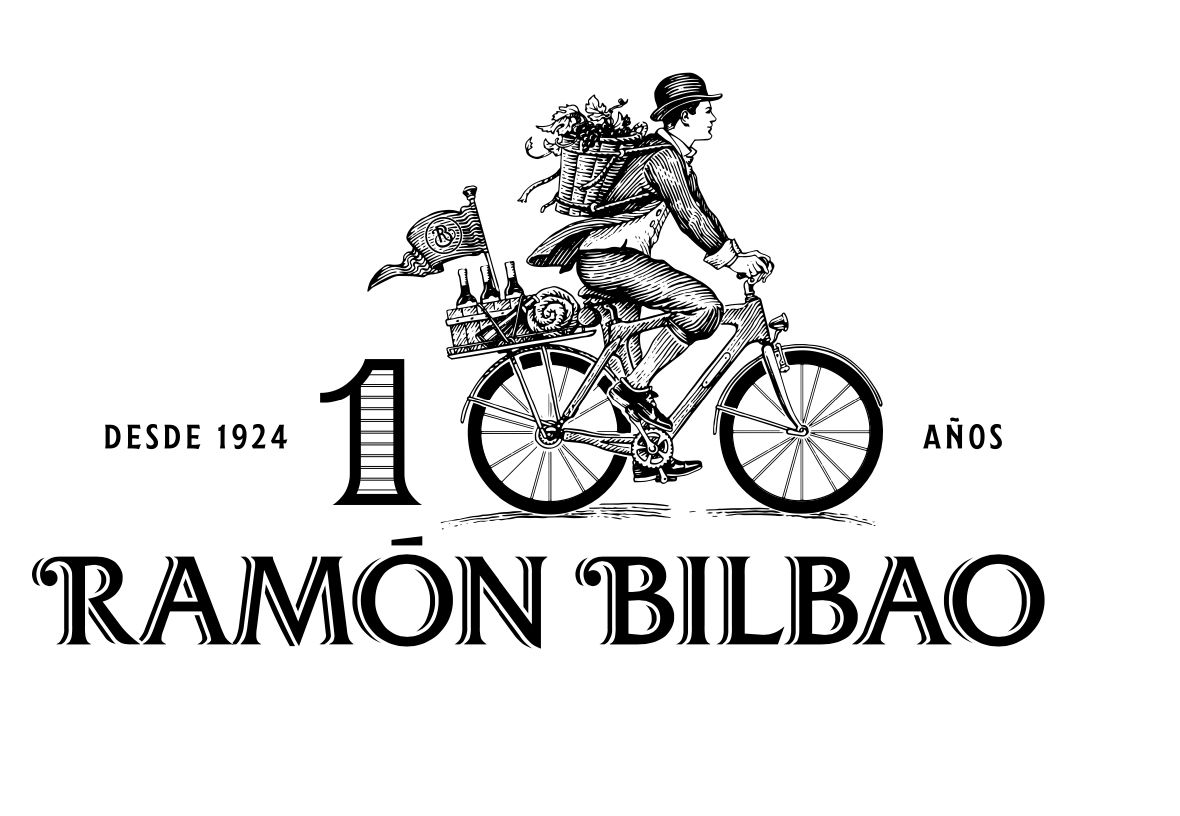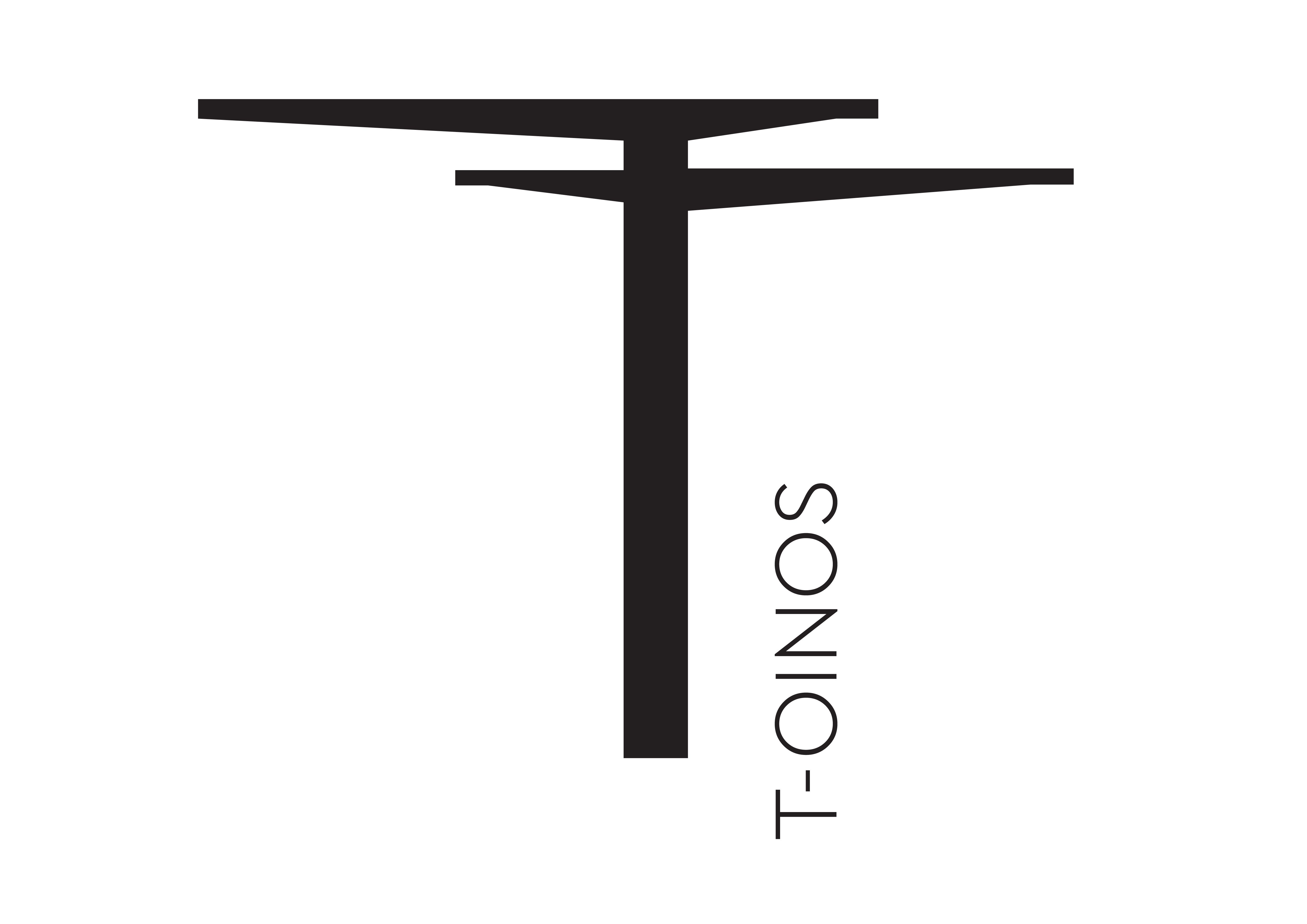It is somewhat dispiriting to arrive in the South of France for an organic wine fair to be met at the airport by a pile of burning tyres, belching black smoke into the azure sky. Boy, do the French love a strike and this one is clearly not about preventing levels of pesticides going back into the food chain. Thankfully, it is the only blot on the landscape of an illuminating and restorative stay.
Organic horticulture is a science very much focussed on ‘what is left out’, just as much as it is about ‘what is left in’, so it is fitting then that Millésime Bio, the world’s only trade fair dedicated to organic wine held in Montpellier every year, is unique because of what is not there as much as what is.
This is a trade fair run on democratic principles so that every exhibitor only has one table, one white tablecloth, two chairs, wine and glasses.
So gone is the marketing collateral, signage and competition that grace most shows… albeit along with some of the structure – not organising producers by appellation might mean less stress for exhibitors ‘competing’ against one another from their own patch, but it is a tad confusing for the uninitiated.
It is unusual, then, to see large, international brands sat alongside small and family-owned businesses; gratifying to see the vast empire of Gerard Bertrand, for example, displayed on a 2m square table close to, say, the wines of Le Loup Blanc who are also making great wine in the Minervois and who the last time I visited their winery were based in what can best be described as a large shed.
It is as though Millésime Bio has the Republic’s principles of liberté égalité fraternité running through it like letters in a stick of rock, although the small number of exhibitors who controversially ‘exhibited’ wine outside the show might not agree.
Inside, the show was genuinely friendly with wine producers taking the opportunity to taste wines themselves along with actively selling.
So what the principles and structure of Millésime Bio does, then, is put all the focus on the wine – which is what it’s all about after all. And what of it?

Delegates navigating the vast Millésime Bio exhibition halls
Well first there’s understanding the sheer scale of the fair – 873 exhibitors from 15 countries spread throughout three giant exhibition halls. Having one day and approximately 10,000 wines and spirits to choose from invariably means a partial and personal skew on what’s on offer, although on the plus side it means fewer sharp-elbowed critics to wade against at the ‘trophy wineries’.
I chose not to taste producers I know and whose recent vintages I have tasted at other shows. I include here the stunning wines that Marjorie is making at Roc Des Anges, the rejuvenated Cazes particularly with the reliable Ego and their new, flagship white wine Cap Bear, Domaine Gayda, Bertrand and so on.
In the spirit of exploration I tasted all and sundry but got waylaid at the following producers from the Languedoc who I have vowed to visit in person this summer to get a closer look at. For those who think the Languedoc has not fulfilled its promise from ten years ago, think again.
- In no particular order: Turner Pageot had an intriguing range that offered well made, quality wines and included a couple of oddities – La Rupture, a sauvignon blanc (from the Languedoc!) and Les Choix, an orange wine made from 100% Marsanne that was best in class.
- Domaine de Cébène had a hugely impressive range of firm, big boned wines but with plenty of class and finesse. Belle Lurette 2014 was my favourite.
- The newly formed French appellation of Terrasses du Larzac has notable acidity on account of its terroir and elevation. All of the wines I have tasted from here are well worth checking out particularly Domaine Le Clos du Serres and Domaine Vaisse whose Galibaou du Russe 2012 was impressive as a food wine to match molecular cuisine.
- Mas Gabriel is making whites where you can almost taste the stony soil in your mouth (check out Clos des Papillons 2014).
- Sainte Croix who are making Roussillon wines of great clarity and distinction and a spectacular 80% Carignan stickie that was Maury-sweet on the nose and all dry on the finish.
Millésime Bio 2016 in numbers:
- 4500 unique trade visitors (75% are French)
- 10% of visitors are on-trade
- 873 exhibitors from 15 countries (up from 794 in 2015)
- Top 4 countries represented France (674), Italy, Spain, Austria
- GB exhibitors rose 100% – from 1 to 2! Yay! 50% of turnout pictured below

Millésime Bio 2016 conferences, presentations and videos can be found on www.millesime-bio.com/home/conferences (in French only)









































